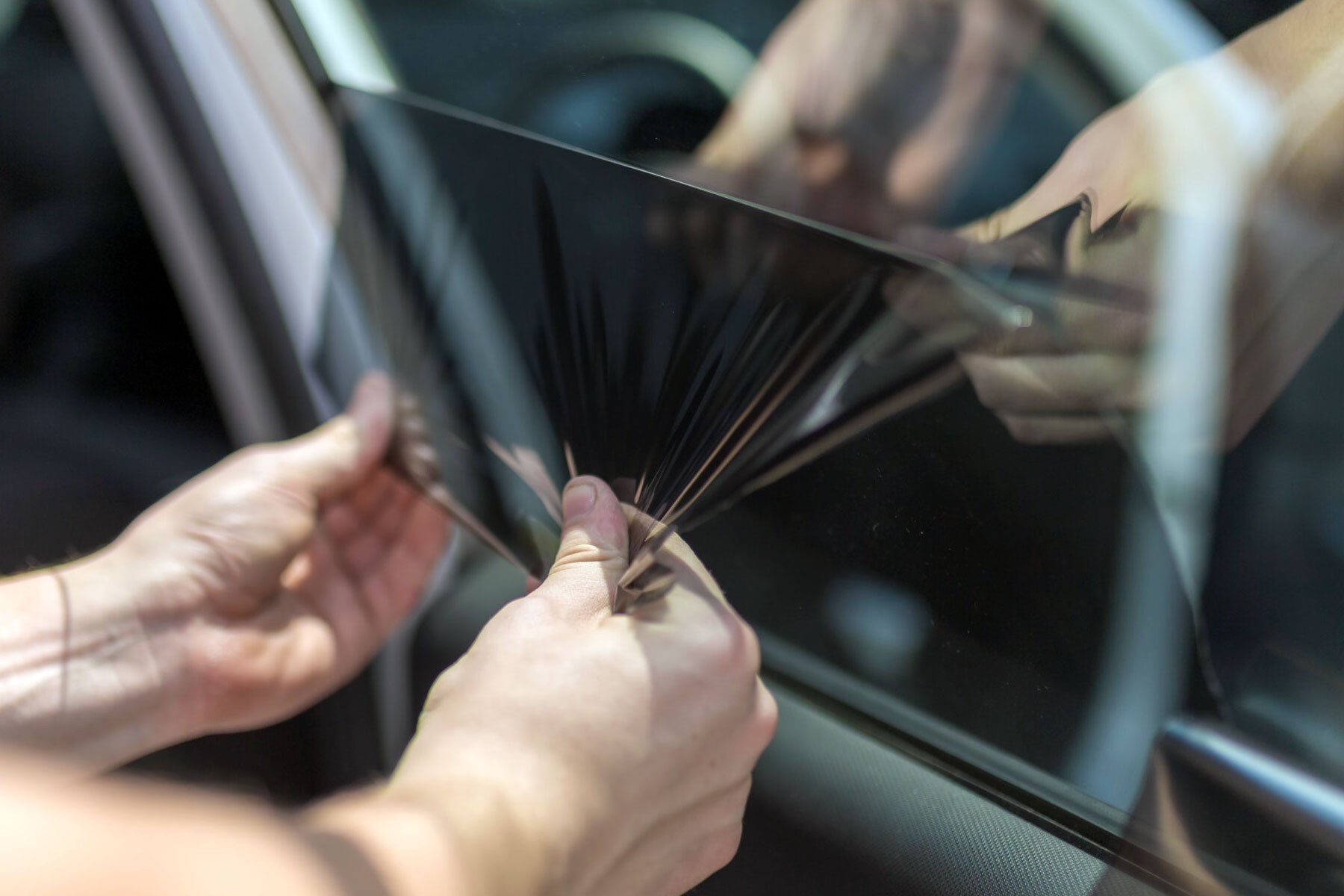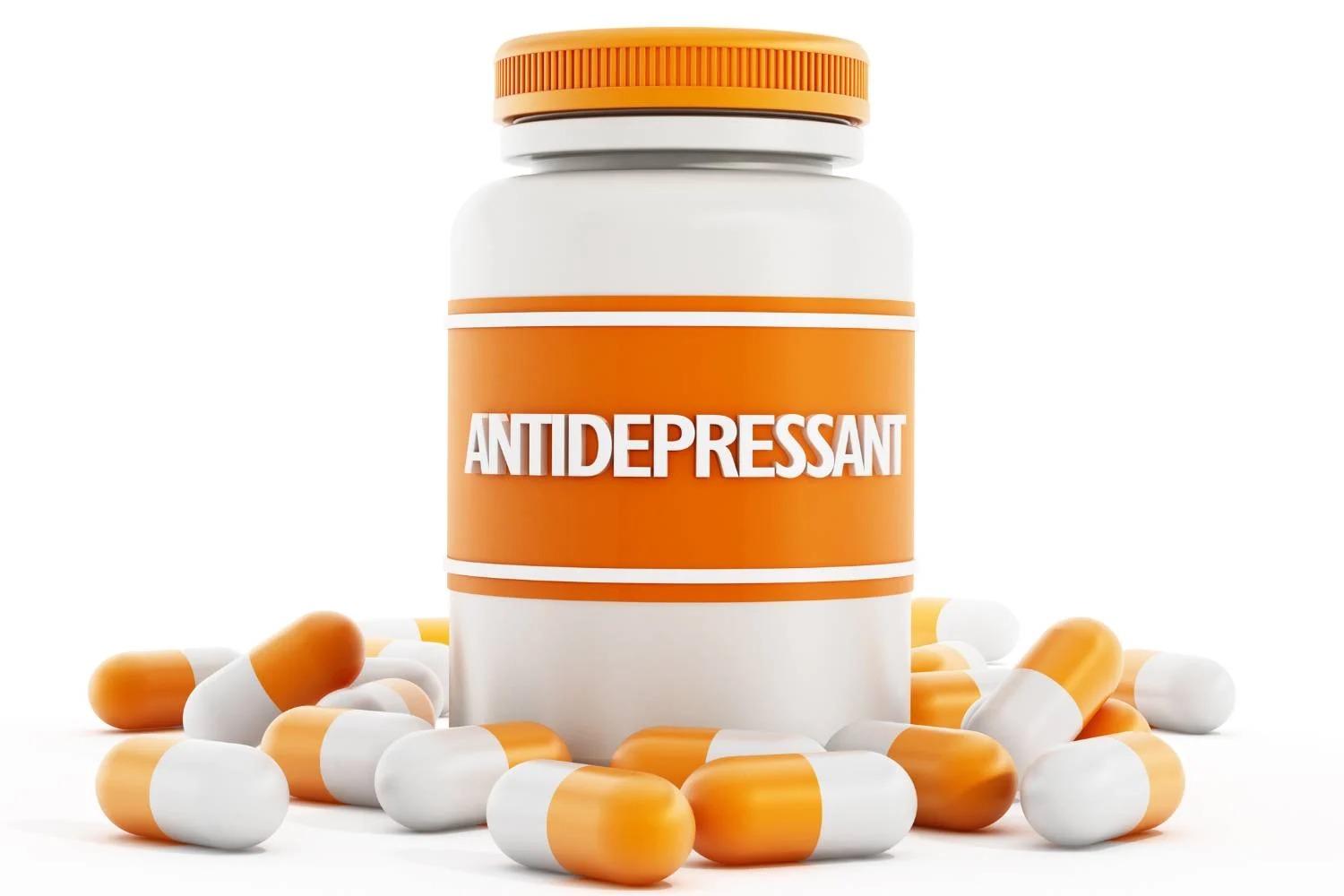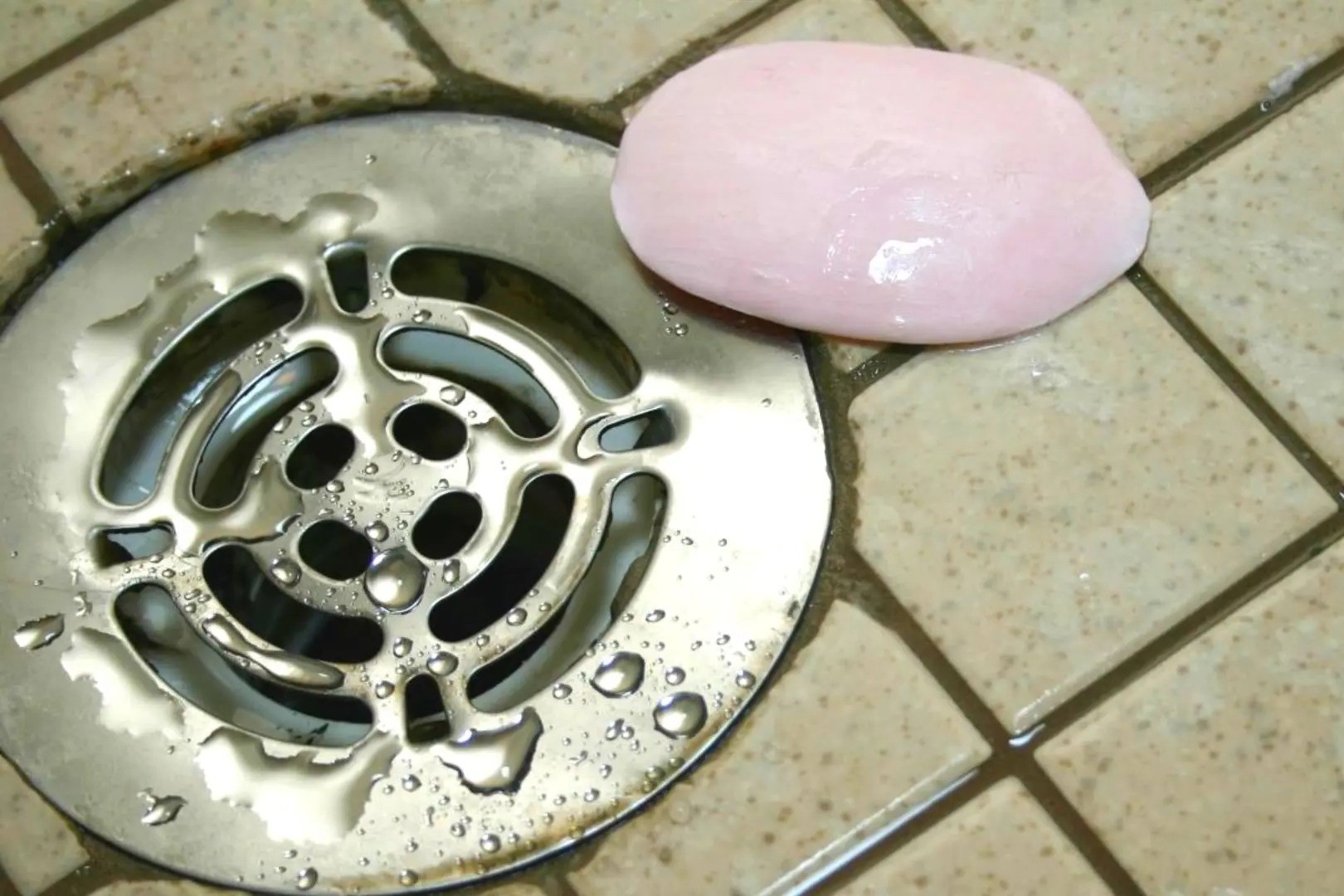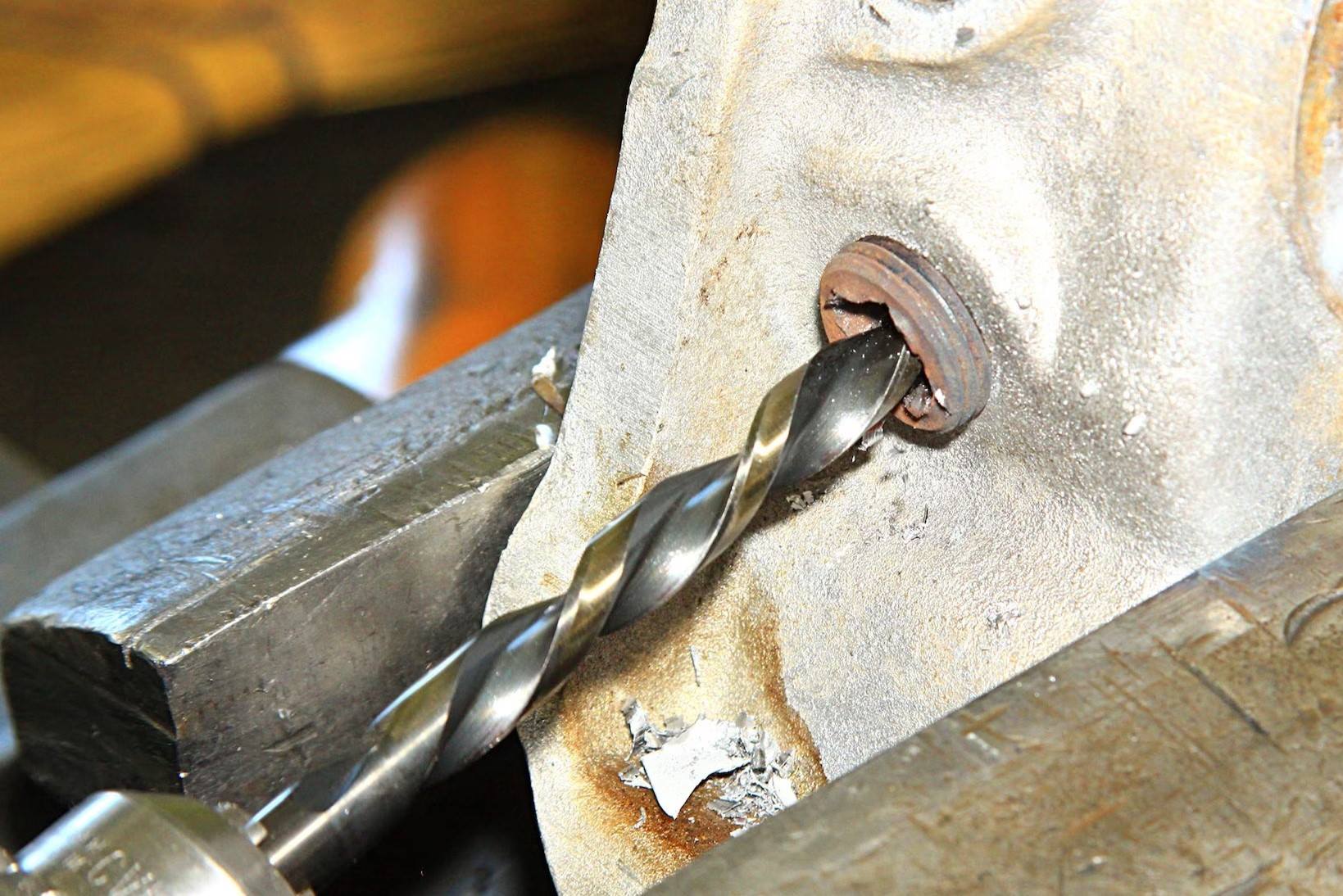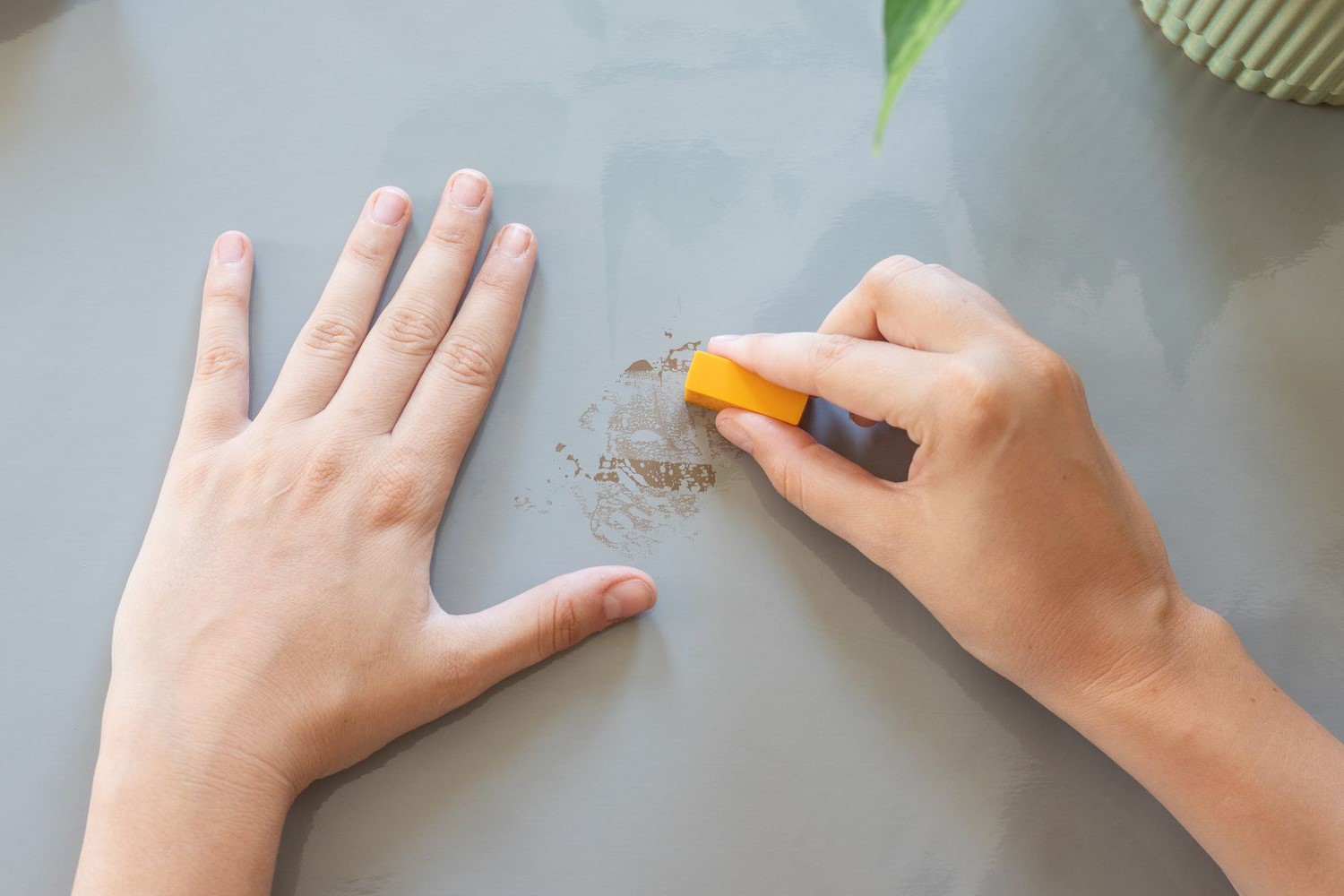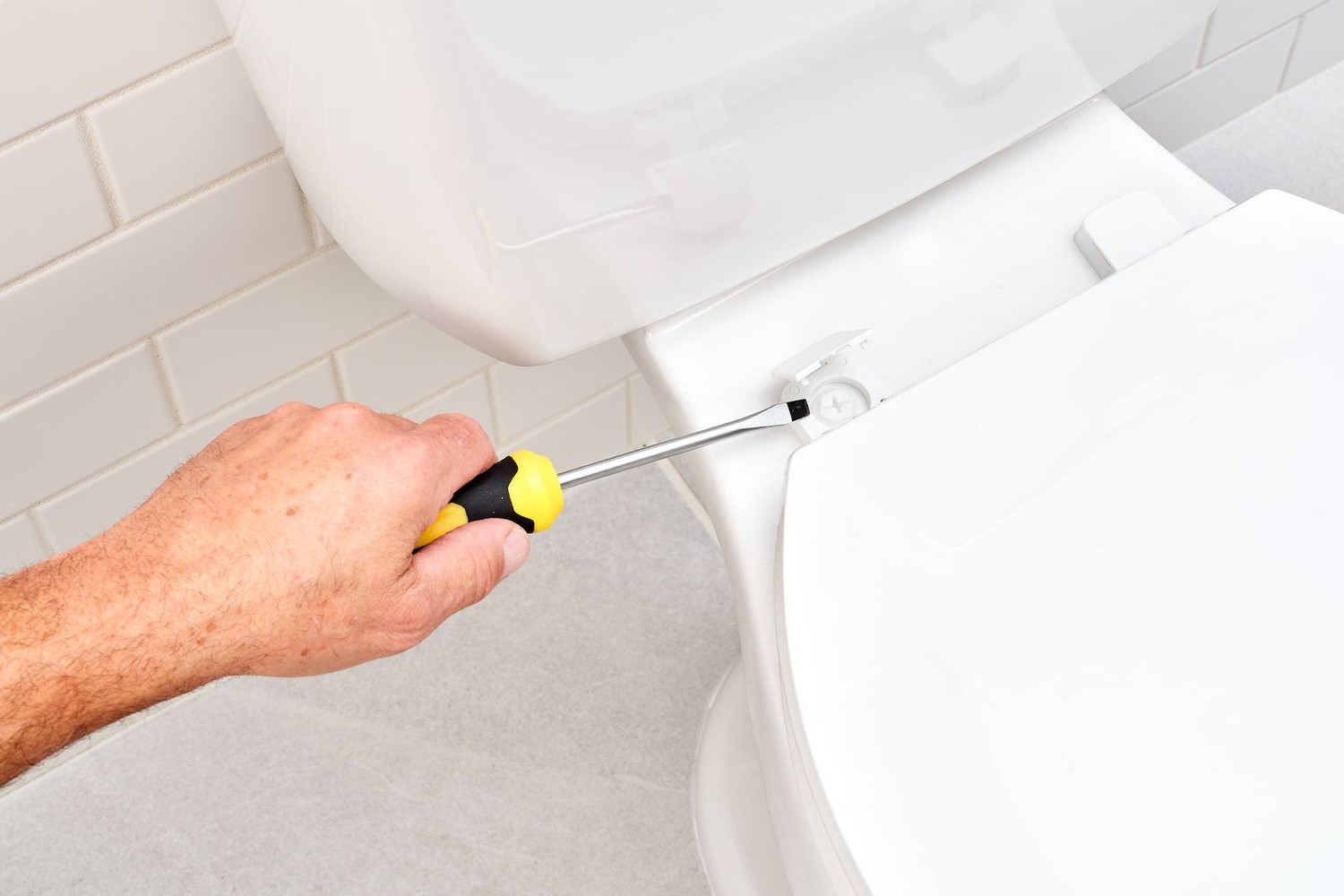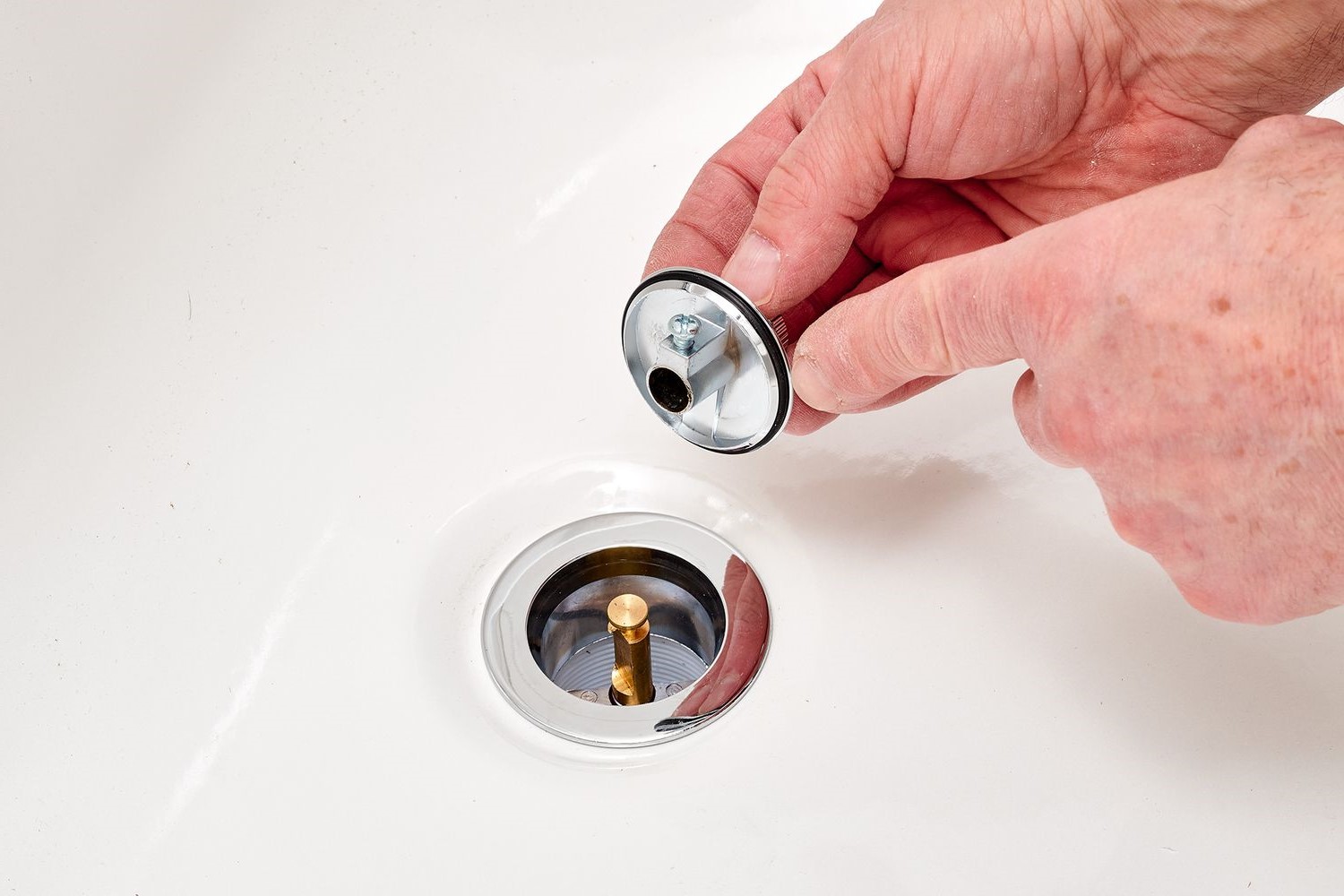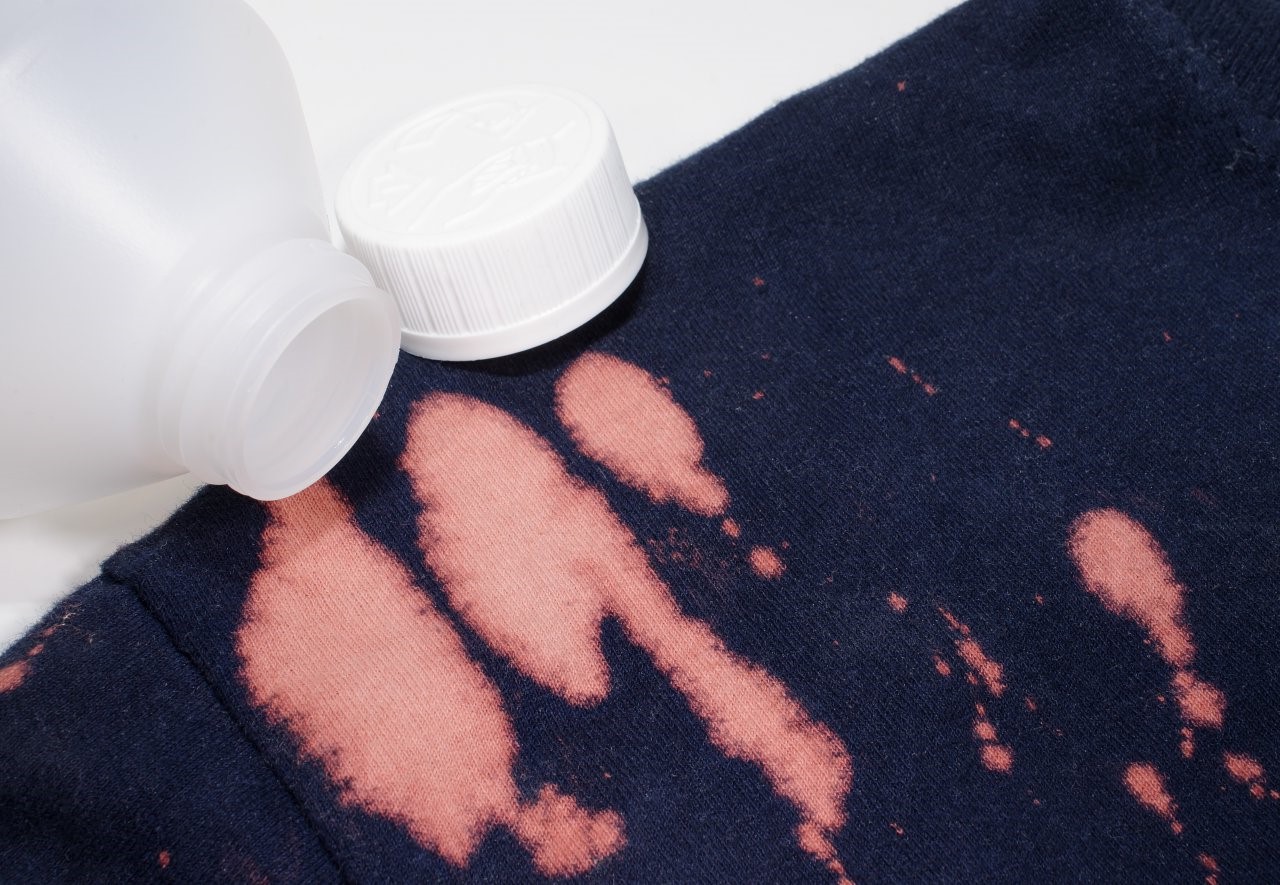Home>Home and Garden>How To Remove Permanent Marker
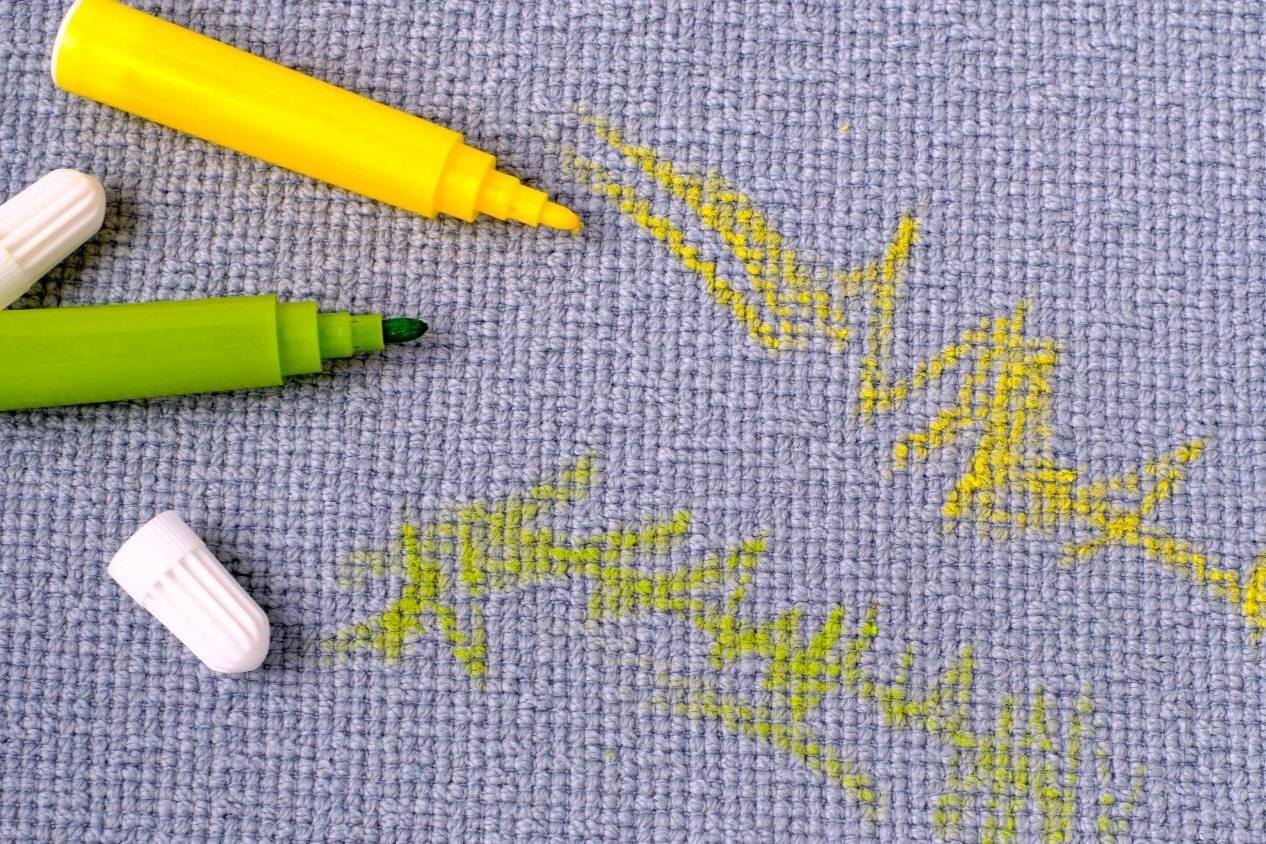

Home and Garden
How To Remove Permanent Marker
Published: February 27, 2024
Learn effective methods for removing permanent marker stains from various surfaces in your home and garden. Discover easy tips and tricks for successful stain removal.
(Many of the links in this article redirect to a specific reviewed product. Your purchase of these products through affiliate links helps to generate commission for Noodls.com, at no extra cost. Learn more)
Table of Contents
Introduction
Dealing with permanent marker stains can be a frustrating experience, especially when they end up on surfaces where they don't belong. Whether it's on walls, furniture, clothing, or other household items, the indelible nature of permanent marker ink can seem daunting to remove. However, with the right techniques and a bit of patience, it's possible to effectively eliminate these stubborn stains.
In this comprehensive guide, we will explore various methods for removing permanent marker from a wide range of surfaces and materials. From everyday household items to specialized surfaces, we'll cover the most effective strategies for tackling these challenging stains. By the end of this article, you'll be equipped with the knowledge and tools to confidently address permanent marker mishaps in your home.
Let's dive into the world of permanent marker removal and discover the tips and tricks that can help restore your surfaces to their original, pristine condition.
Understanding Permanent Marker
Permanent markers, also known as indelible markers, are widely recognized for their ability to create long-lasting, waterproof marks on various surfaces. These versatile writing instruments contain a unique type of ink that is designed to adhere firmly to surfaces, making them resistant to fading, smudging, and water damage. The ink used in permanent markers typically consists of dyes or pigments dissolved in a solvent, which evaporates quickly upon contact with a surface, leaving behind a durable and indelible mark.
One of the key components of permanent marker ink is a solvent, which enables the ink to penetrate and bond with the surface it is applied to. This solvent-based formulation contributes to the ink's ability to withstand environmental factors, making it ideal for a wide range of applications. Additionally, the ink's quick-drying nature allows for immediate use after application, reducing the risk of smudging or smearing.
The permanence of the marks made by these markers is attributed to the chemical composition of the ink, which is designed to resist fading and deterioration over time. This quality makes permanent markers a popular choice for labeling, signage, art projects, and other applications where long-lasting, highly visible marks are essential.
It's important to note that while permanent markers offer exceptional durability and longevity, their indelible nature can pose challenges when accidental marks occur on unintended surfaces. Whether it's a stray mark on a whiteboard, a piece of furniture, or clothing, the resilience of permanent marker ink can make removal seem like a daunting task. However, with the right techniques and products, it is possible to effectively eliminate these stubborn stains without causing damage to the underlying surface.
By understanding the composition and characteristics of permanent marker ink, individuals can approach the task of removing these marks with confidence and precision. With this knowledge in hand, it becomes easier to select the most appropriate removal method for a specific surface or material, ultimately achieving successful outcomes in the battle against permanent marker stains.
Common Surfaces and Materials
Permanent marker stains can appear on a wide array of surfaces and materials, presenting unique challenges for removal. Understanding the characteristics of these surfaces and the nature of the stains is crucial in determining the most effective removal method. Here are some common surfaces and materials where permanent marker stains may occur:
-
Hard Surfaces:
- Walls and Countertops: These surfaces are prone to accidental permanent marker stains, whether from enthusiastic artistic endeavors or inadvertent mishaps. Removing permanent marker from painted walls and smooth countertops requires careful attention to avoid damaging the surface while effectively eliminating the stain.
- Plastic and Glass: Items such as plastic containers, glassware, and electronic screens are susceptible to permanent marker marks. Given the non-porous nature of these materials, specialized removal techniques are often necessary to ensure complete stain removal without causing surface damage.
-
Fabric and Textiles:
- Clothing and Upholstery: Accidental permanent marker stains on clothing and upholstery can be distressing. The absorbent nature of fabrics can cause the ink to set deeply, making removal more challenging. Specialized treatments are often required to lift the stain without compromising the fabric's integrity.
- Carpet and Rugs: Spills and accidents can lead to permanent marker stains on carpets and rugs. Addressing these stains promptly is essential to prevent them from setting and becoming more difficult to remove.
-
Wood and Furniture:
- Wooden Surfaces: From wooden furniture to hardwood floors, permanent marker stains on wood can be particularly stubborn. Careful consideration of the wood's finish and type is crucial in selecting the appropriate removal method to avoid damaging the surface.
- Leather and Vinyl: These materials require gentle yet effective stain removal techniques to preserve their appearance and texture. Whether it's a leather sofa or vinyl upholstery, targeted treatments are essential for successful stain removal.
-
Specialized Surfaces:
- Whiteboards and Chalkboards: While designed for writing and drawing, whiteboards and chalkboards are not immune to accidental permanent marker marks. Specialized cleaning solutions and techniques are necessary to maintain these surfaces without compromising their functionality.
- Metal and Appliances: Stainless steel appliances and metal surfaces can fall victim to permanent marker mishaps. Safely removing these stains without causing damage or discoloration requires careful attention and appropriate cleaning products.
Understanding the unique properties of these surfaces and materials is essential for effectively addressing permanent marker stains. By tailoring the removal approach to the specific characteristics of each surface, individuals can achieve successful stain elimination while preserving the integrity and appearance of the affected items.
Methods for Removing Permanent Marker
When it comes to removing permanent marker stains, employing the right methods is essential for achieving successful outcomes without causing damage to the affected surfaces. Here are several effective techniques for removing permanent marker from a variety of surfaces and materials:
1. Household Products
- Rubbing Alcohol: Dabbing a cloth or cotton ball with rubbing alcohol and gently blotting the stained area can help lift the ink from hard surfaces such as countertops, glass, and whiteboards. It's important to test a small, inconspicuous area first to ensure compatibility with the surface.
- Hairspray: The alcohol content in hairspray can be effective in breaking down the ink. Spray a small amount onto the stained area, let it sit for a few minutes, then wipe it away with a clean cloth.
- Toothpaste: Non-gel toothpaste can be used to gently scrub away permanent marker stains from hard surfaces. Apply a small amount to the stain, then scrub with a damp cloth until the ink begins to lift.
Read more: How To Remove Blinds
2. Specialized Cleaners
- Magic Eraser: This melamine foam sponge is highly effective in removing stubborn stains from a variety of surfaces, including walls, countertops, and appliances. Simply dampen the sponge and gently scrub the stained area to lift the ink.
- Commercial Solvents: Specialized solvents designed for removing ink stains can be effective on hard surfaces, fabrics, and upholstery. Follow the manufacturer's instructions and test the product on a small area before applying it to the stained area.
3. Natural Remedies
- Lemon Juice: The natural acidity of lemon juice can help break down the ink. Apply a small amount to the stained area and gently scrub with a cloth or sponge. Rinse the area thoroughly after treatment.
- Vinegar: A solution of white vinegar and water can be used to remove permanent marker stains from hard surfaces. Dampen a cloth with the solution and gently blot the stained area, repeating as necessary until the ink is lifted.
4. Professional Services
- Professional Cleaning Services: For particularly stubborn or delicate stains, seeking the expertise of professional cleaning services may be necessary. These professionals have access to specialized cleaning products and techniques tailored to specific surfaces and materials.
By utilizing these methods, individuals can effectively tackle permanent marker stains on a wide range of surfaces and materials, restoring them to their original condition without compromising their integrity. It's important to approach stain removal with care and patience, testing methods in inconspicuous areas and seeking professional assistance when needed.
Conclusion
In conclusion, the battle against permanent marker stains doesn't have to be an overwhelming challenge. By understanding the nature of permanent marker ink and the characteristics of various surfaces and materials, individuals can approach stain removal with confidence and precision. From hard surfaces and fabrics to specialized materials, a diverse array of effective removal methods is available to address these stubborn stains.
It's important to emphasize the significance of selecting the appropriate removal method based on the specific surface or material. Whether it's utilizing household products such as rubbing alcohol and toothpaste, employing specialized cleaners like Magic Eraser or commercial solvents, or exploring natural remedies such as lemon juice and vinegar, tailoring the approach to the unique properties of the affected item is crucial for successful stain elimination.
Furthermore, exercising caution and patience during the removal process is essential to prevent inadvertent damage to surfaces. Testing methods in inconspicuous areas, following manufacturer's instructions for specialized products, and seeking professional assistance for particularly stubborn or delicate stains are all integral aspects of a successful stain removal strategy.
By equipping oneself with the knowledge and techniques outlined in this guide, individuals can confidently address permanent marker mishaps in their homes, restoring surfaces and materials to their original, pristine condition. The resilience of permanent marker ink may pose a formidable challenge, but with the right tools and strategies, these stains can be effectively eliminated, allowing households to maintain a clean and inviting environment.
In the end, the battle against permanent marker stains is not insurmountable. With a combination of knowledge, patience, and the right removal methods, individuals can triumph over these stubborn marks, ensuring that their belongings remain free from the lasting effects of accidental ink mishaps.
